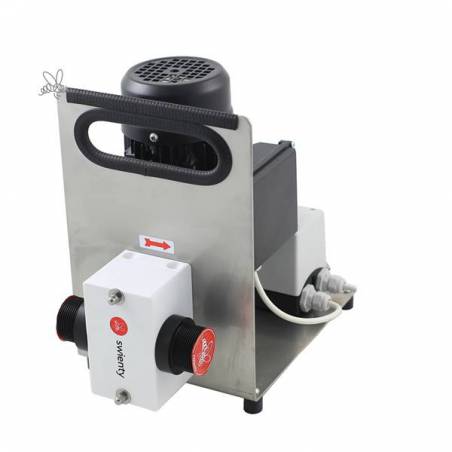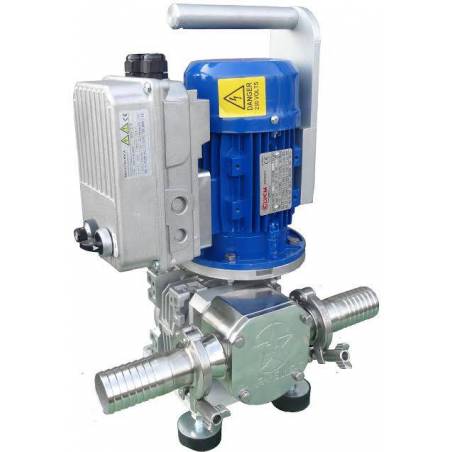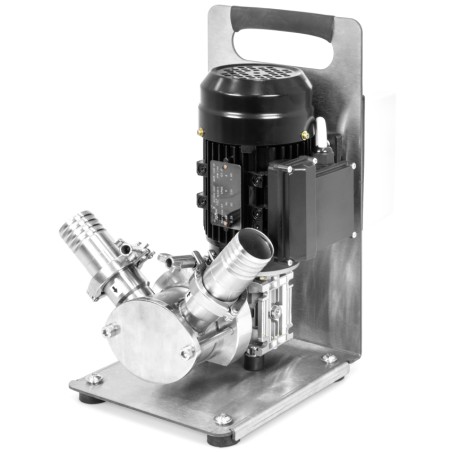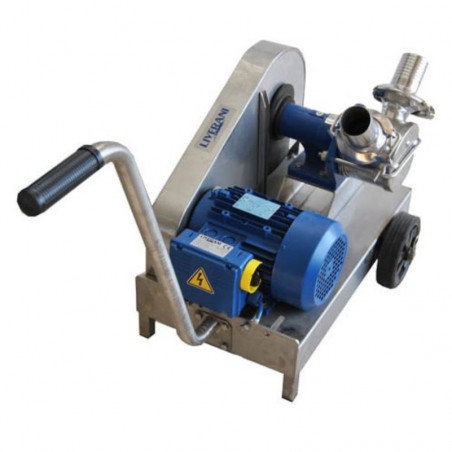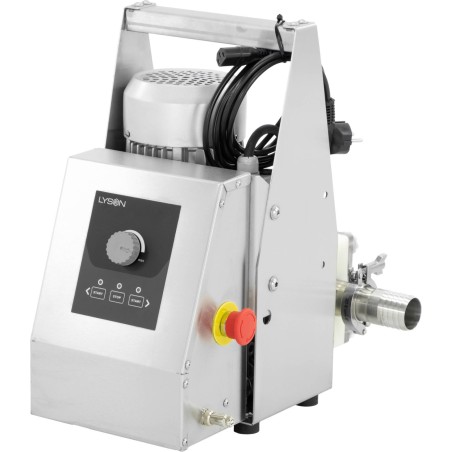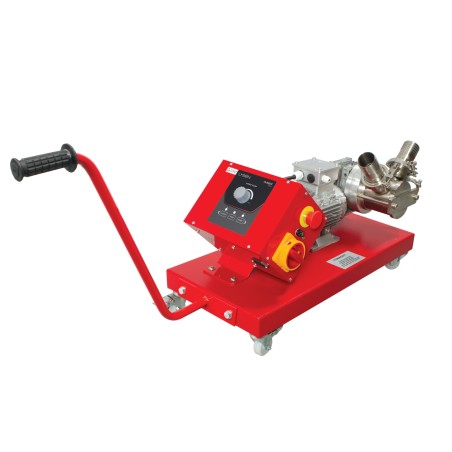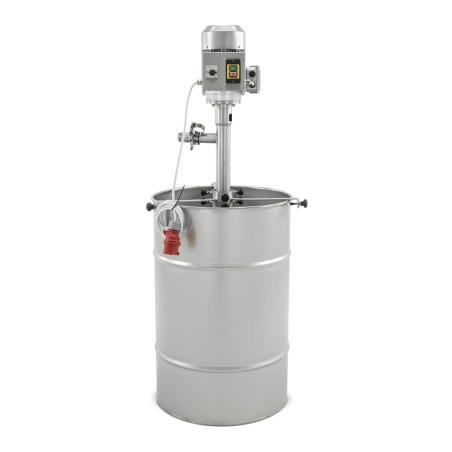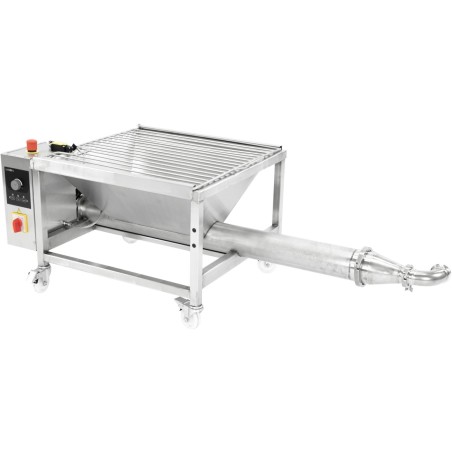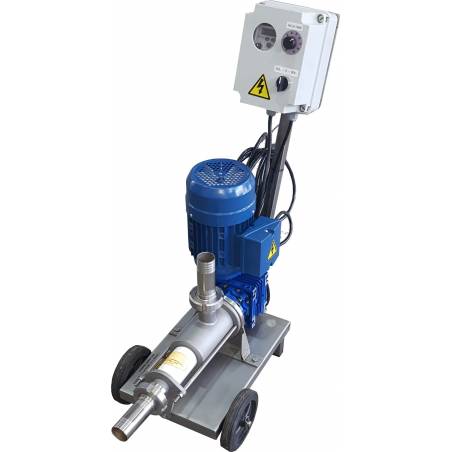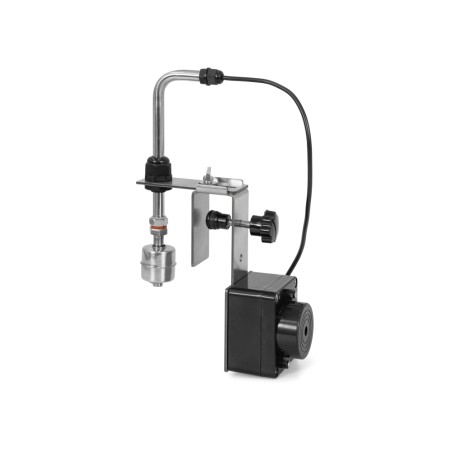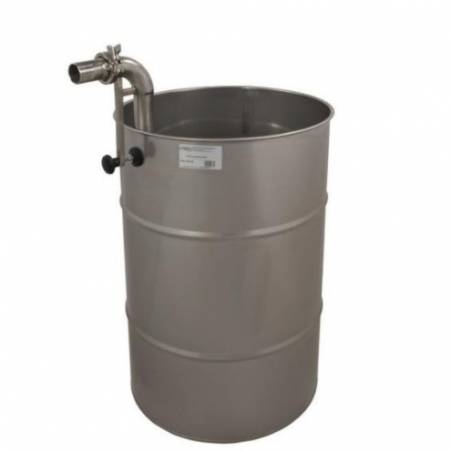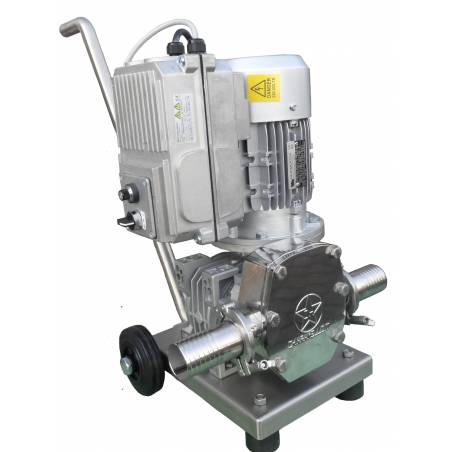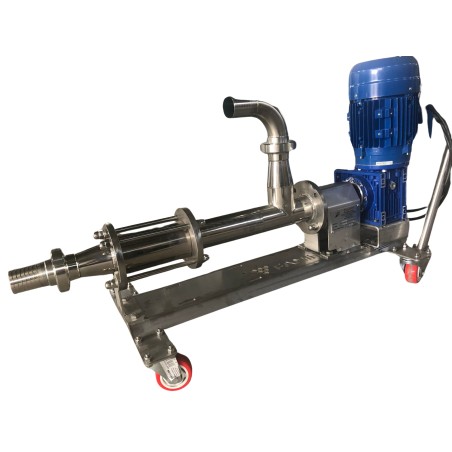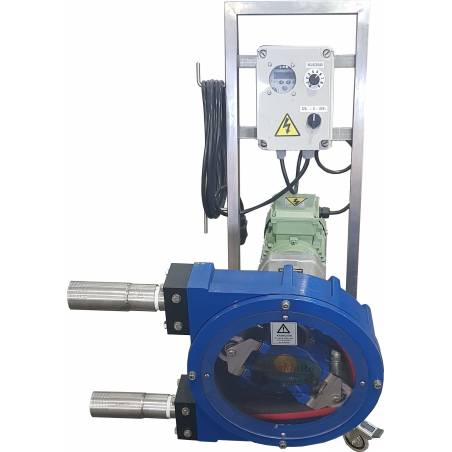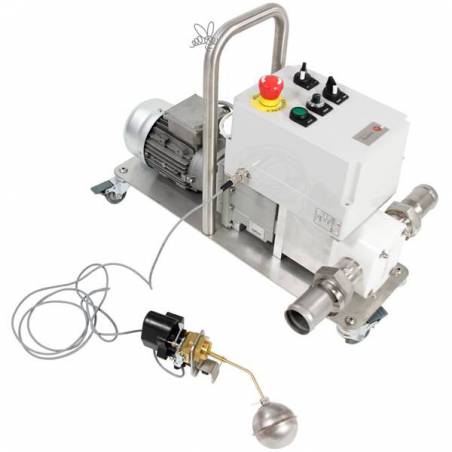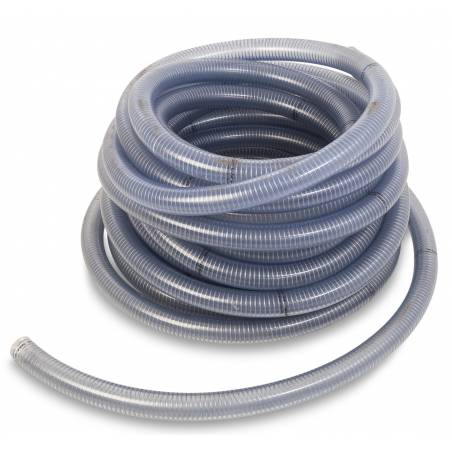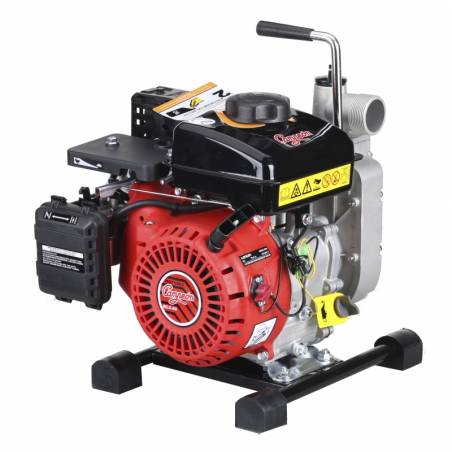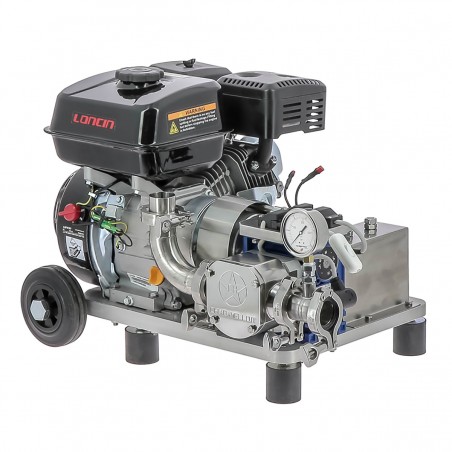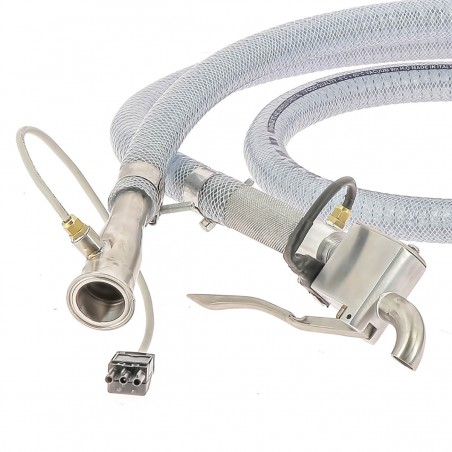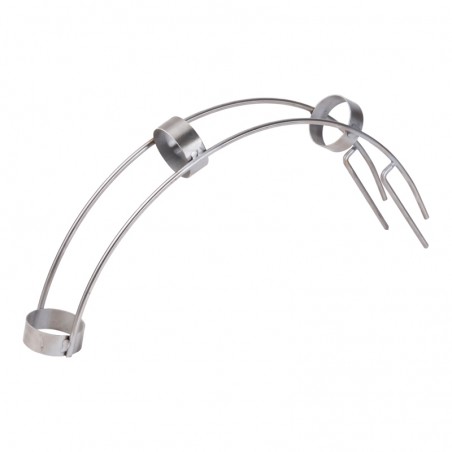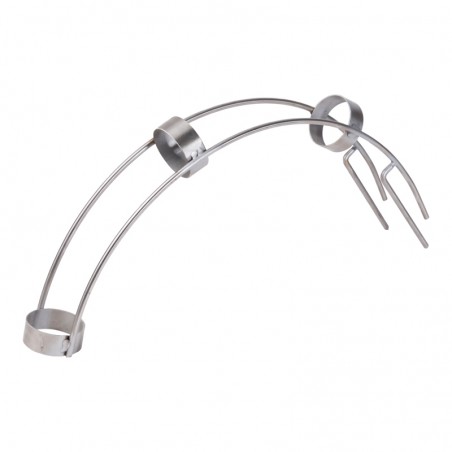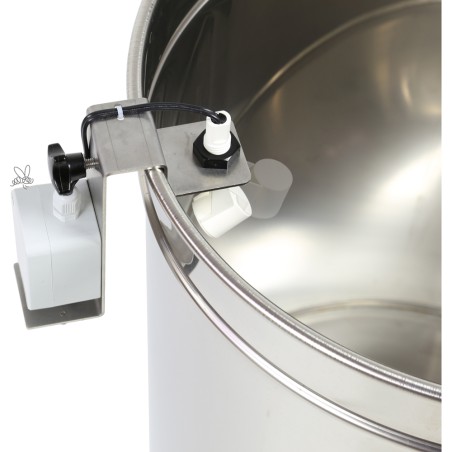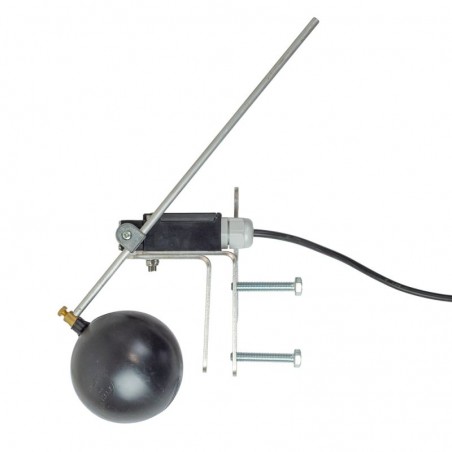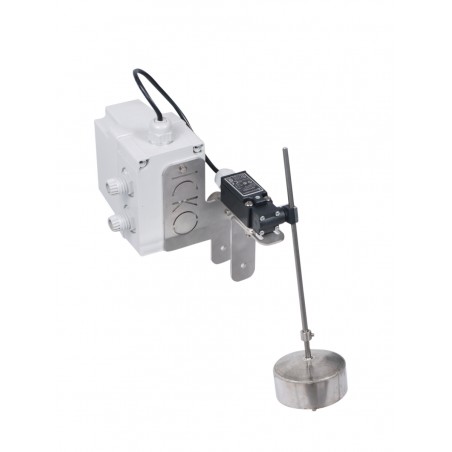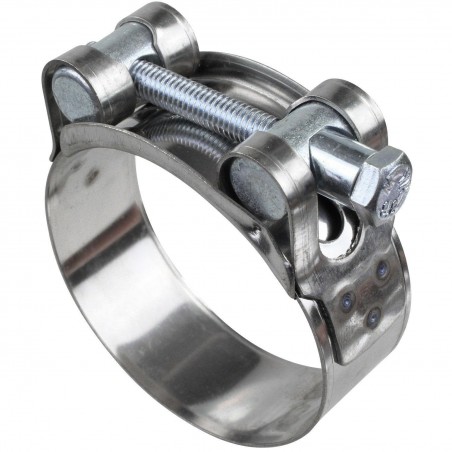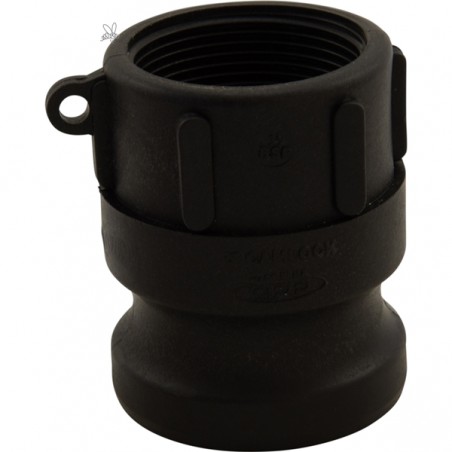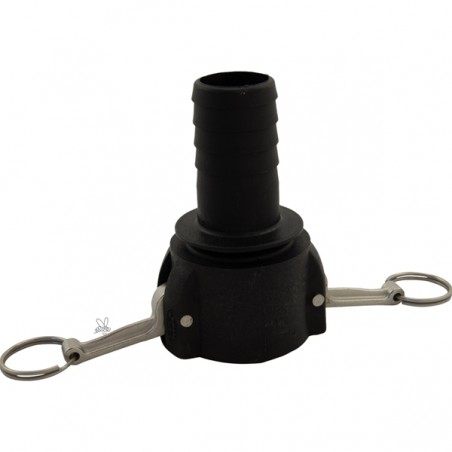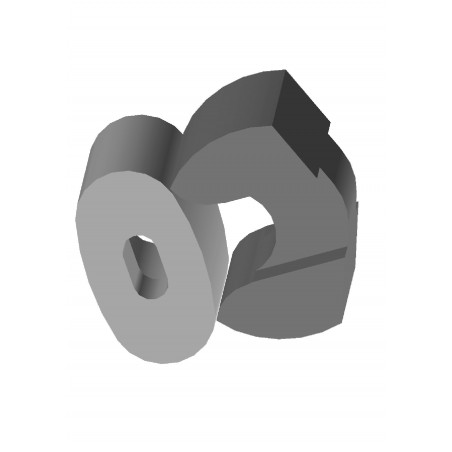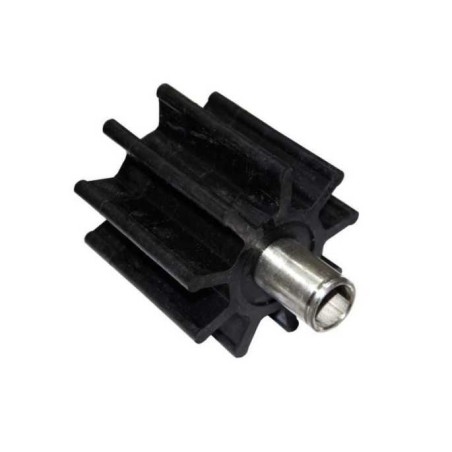Honey pumps
Streamline Honey Processing with Our Honey Pumps
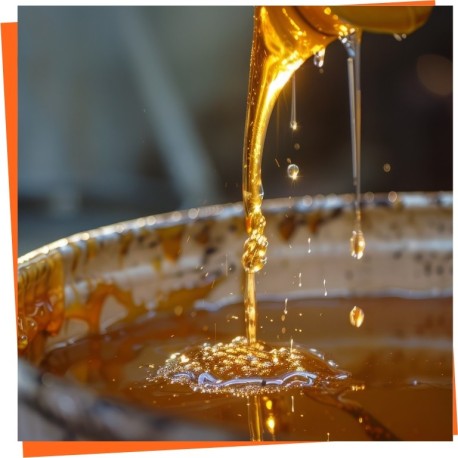
Honey pumps
Honey pumps are essential tools in the beekeeper’s honey house, whether for transferring between tanks, feeding filling machines, or even preparing creamy honey. But before choosing a pump, it’s crucial to understand that each type has its advantages and limitations.
Which pump suits your needs? It depends on the kind of honey you're pumping (fluid, thick, crystallized), the distance and height, and whether you need it for transfer or also for bottling.
• Impeller pumps: Self-priming and easy to use. Great for short transfers of clean honey. Must be used at low RPM to avoid introducing air or damaging honey texture. If used dry, they may wear the rubber vanes.
• Gear pumps: Not self-priming, but offer a smooth, pulse-free flow without emulsification. Very common in filling systems and useful for recirculating honey to achieve creamy texture.
• Helical (progressive cavity) pumps: Self-priming, reversible and extremely powerful. Suitable for dense honey, crystallized batches, and wax residues. However, they must not run dry or the rubber stator may get damaged. Usually more expensive.
• Lobe pumps: Known for precision and continuous, gentle flow. Used in food and pharma sectors. Require specific installation and regular maintenance.
• Peristaltic pumps: Very gentle, ideal for bottling gourmet or premium honey. They do not emulsify or contaminate but aren’t suited for high-volume transfers.
Questions to ask before choosing:
• What type of honey will you pump?
• Do you need it to self-prime?
• Will you use it only for transfer, or also bottling or recirculation?
• What distance and height does it need to cover?
• Do you want a mobile unit or a fixed system?
No single pump fits all purposes. That’s why we offer a wide selection—from compact models to industrial setups with variable speed and sensors. Our aim is to help you choose the most suitable system for your honey production.

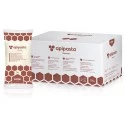 Apipasta with vitamins 15kg
Apipasta with vitamins 15kg
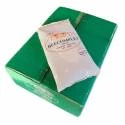 Beecomplet® Spring 14Kg
Beecomplet® Spring 14Kg
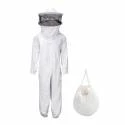 Beekeeper suit with round veil
Beekeeper suit with round veil
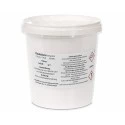 Oxalic acid 1kg
Oxalic acid 1kg
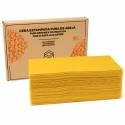 Beeswax Foundation 5kg
Beeswax Foundation 5kg
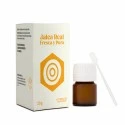 Fresh royal jelly 20g
Fresh royal jelly 20g
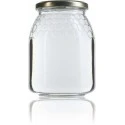 Classic honey jar 1kg comb-lines TO77 - Pack of 16 units
Classic honey jar 1kg comb-lines TO77 - Pack of 16 units
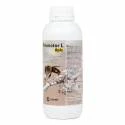 Promotor L 1 liter
Promotor L 1 liter
